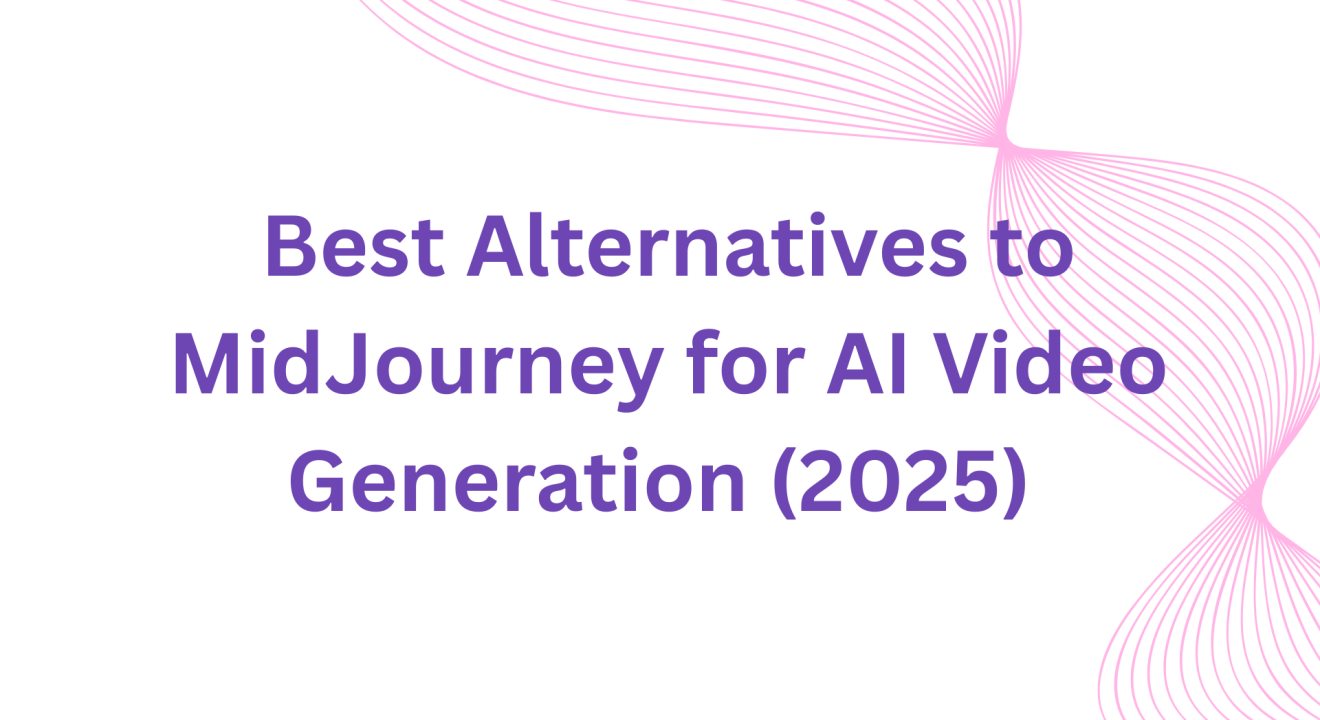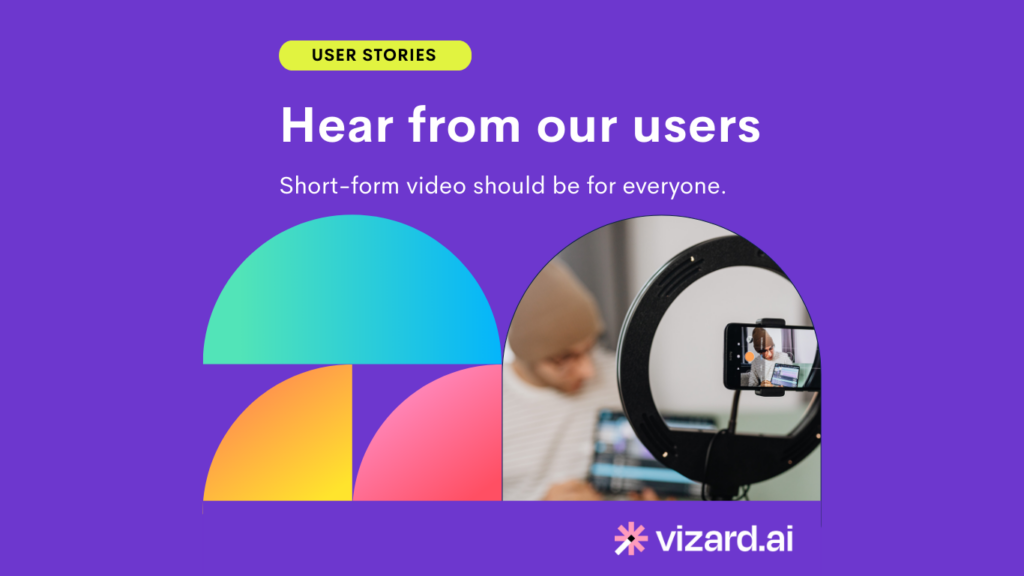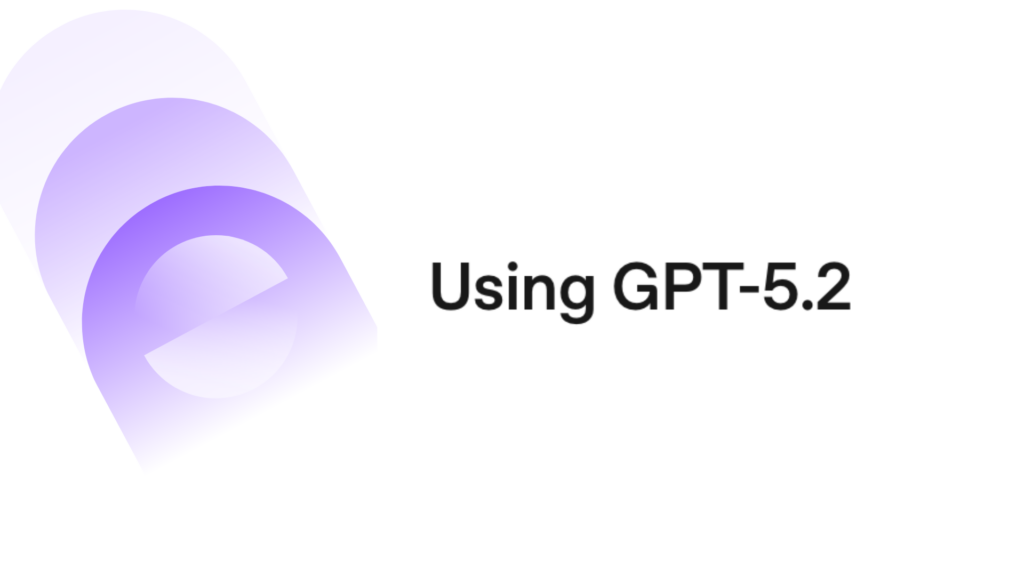MidJourney is best known for its AI-generated images, but as creators and businesses shift towards video-first content, there’s rising demand for AI tools that can generate and edit videos with the same creativity. If you’re looking for alternatives that go beyond still imagery, this guide covers the 10 best MidJourney alternatives for AI video generation — including Leonardo.Ai, Canva, Edimakor, Dream Machine, and more — with Vizard.ai at the top for speed, branding, and ease of use.
1. Vizard.ai
- Intro: Vizard.ai automatically converts long-form content like podcasts, webinars, and product demos into short, branded clips for LinkedIn, TikTok, and Instagram. Unlike MidJourney’s focus on visuals, Vizard focuses on usable, social-first video content that drives engagement.
- Pricing: From $18/month (Free trial available)
- Pros:
- AI scene detection & clip generation
- Auto-captioning with branded styles
- Social-optimized exports (vertical, square, horizontal)
- Cons:
- Not built for cinematic effects
- Requires internet connection
- Limited manual timeline editing
- Best Use Case: Branded social content from real long-form video
2. Leonardo.Ai
- Intro: Originally known for AI art and game assets, Leonardo.Ai is expanding into AI video generation, letting creators experiment with animated product renders and stylized sequences. It’s a strong alternative for those needing design-driven, creative outputs.
- Pricing: Free tier; paid plans from $12/month
- Pros:
- High-quality generative visuals
- Expanding into motion content
- Advanced model options
- Cons:
- Less beginner-friendly
- Early-stage video features
- Requires creative prompting
- Best Use Case: Stylized AI product or creative video sequences
3. Canva
- Intro: Canva has added AI video tools to its design platform, enabling users to generate, edit, and style video alongside graphics. It’s more accessible than most AI-first platforms, making it popular for marketing and social teams.
- Pricing: Free plan; Pro from $12.99/month
- Pros:
- Easy drag-and-drop editor
- AI-powered video tools + templates
- Strong for brand consistency
- Cons:
- Limited generative depth
- Styles can feel templated
- Not cinematic quality
- Best Use Case: Branded marketing and social campaign videos
4. Edimakor
- Intro: Edimakor is an AI-powered video editor and generator built for businesses creating tutorials, explainers, and branded marketing assets. It blends automation with editing tools to simplify production.
- Pricing: Plans from $10–15/month
- Pros:
- AI-driven editing workflow
- Great for corporate/marketing content
- Output formats ready for social
- Cons:
- Not designed for creative generative visuals
- Limited cinematic effects
- Requires structured input content
- Best Use Case: Explainers, training videos, and branded tutorials
5. Dream Machine (Luma Labs)
- Intro: Dream Machine generates cinematic, photorealistic videos from text prompts, positioning itself as a direct video-generation counterpart to MidJourney. It’s ideal for creators testing next-gen AI storytelling.
- Pricing: Freemium; Pro tiers in development
- Pros:
- High-quality text-to-video outputs
- Cinematic realism
- Great for concept films or marketing visuals
- Cons:
- Still evolving (beta-stage)
- Limited customization options
- Resource intensive
- Best Use Case: Creative cinematic short videos from prompts
6. Runway
- Intro: Runway is one of the most advanced AI video platforms, with generative video, motion tracking, and VFX. While powerful for film creatives, it can be complex for casual or business-focused users.
- Pricing: From $15/month
- Pros:
- Cutting-edge generative video models
- Motion and VFX tools
- Used by filmmakers and artists
- Cons:
- Steep learning curve
- Overkill for simple edits
- Heavy compute needs
- Best Use Case: Cinematic and experimental AI video creation
7. Veo 3
- Intro: Veo 3 is a next-gen AI video model producing high-resolution, realistic sequences from text prompts. It’s designed for creators and studios who want advanced generative video with cinematic quality.
- Pricing: Freemium; Pro tiers in progress
- Pros:
- State-of-the-art realism
- Text-to-video generation
- Flexible for creative use cases
- Cons:
- Technical entry barrier
- Not yet optimized for business use
- Beta-stage limitations
- Best Use Case: Cinematic video storytelling and experiments
8. Pika Labs
- Intro: Pika Labs is a fast-growing AI model for prompt-based video generation, producing creative animated clips from text. It’s a strong MidJourney alternative for motion content enthusiasts.
- Pricing: Freemium; Pro plans available
- Pros:
- Quick text-to-video workflow
- Strong for artistic short clips
- Growing creative community
- Cons:
- Output can be inconsistent
- Not enterprise-focused
- Lacks brand customization
- Best Use Case: Creative storytelling and short animated content
9. HeyGen
- Intro: HeyGen creates AI avatar-led videos, making it easy to generate explainers, training content, or marketing clips. Unlike MidJourney, it focuses on realism and communication.
- Pricing: Free plan; Pro from $29/month
- Pros:
- Realistic avatars
- Multi-language support
- Quick script-to-video generation
- Cons:
- Avatar style can feel repetitive
- Limited for creative freedom
- Not cinematic
- Best Use Case: Explainers, product walkthroughs, and training content
10. Adobe Firefly
- Intro: Adobe Firefly is Adobe’s generative AI suite, now expanding into video editing and generation within Premiere Pro and After Effects. It’s an ideal option for professionals already in the Adobe ecosystem.
- Pricing: Included in Adobe Creative Cloud ($20–50/month)
- Pros:
- Integrated into Adobe apps
- Professional-grade outputs
- Strong for branding and editing
- Cons:
- Expensive vs others
- Steeper learning curve
- Less beginner-friendly
- Best Use Case: Professional creative video workflows in Adobe suite
Summary
MidJourney is powerful for images, but businesses today need video-first content that drives engagement. While tools like Dream Machine, Runway, and Veo 3 push generative boundaries, Vizard.ai stands out by transforming real video footage into branded, social-ready clips with captions and logos — making it the most practical choice for marketers, creators, and teams.
FAQs
1. Why look for video-focused MidJourney alternatives?
Because MidJourney only generates images — video-first platforms allow businesses to produce engaging motion content.
2. How does Vizard compare to generative models like Dream Machine or Veo 3?
Vizard focuses on repurposing real footage into branded clips, while models like Dream Machine and Veo 3 create cinematic but experimental outputs.
3. Which tools are best for cinematic creativity?
Runway, Dream Machine, and Veo 3.4. Which tools are best for businesses?
Vizard, Canva, Edimakor, and Adobe Firefly.








